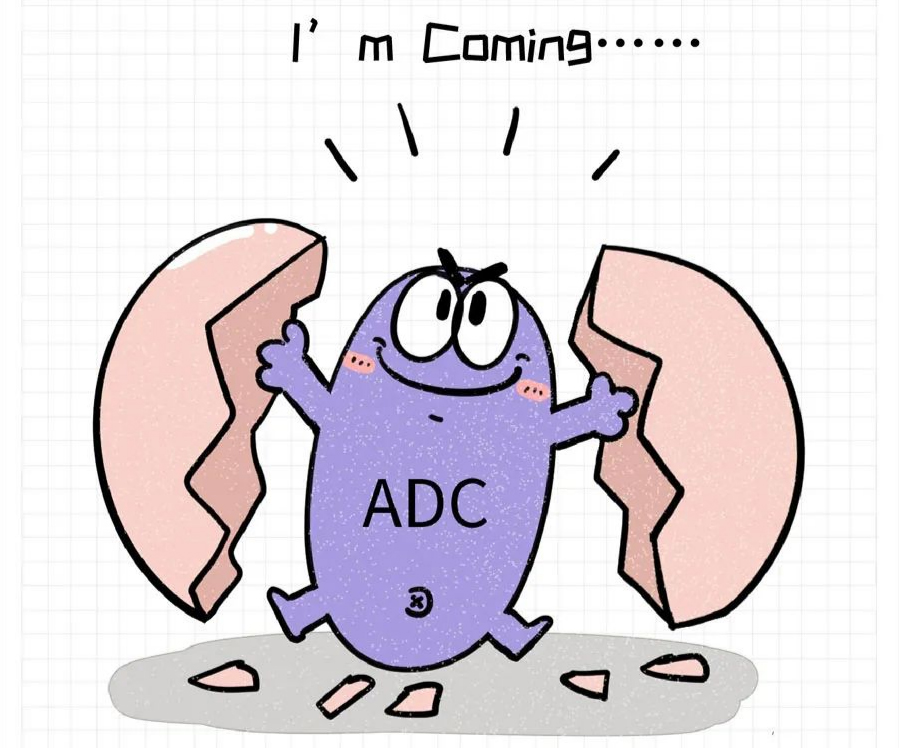Antibodies of ADC drugs are antibodies targeting tumor cell antigens, which are linked to small-molecule drug poisons through linkers to kill tumor cells and surrounding tumor tissues. Antibody moieties can also carry additional ADC and CDC toxicity to kill tumors. ADC drugs bind to tumor surface targets via antibodies, and most ADC drug molecules then enter cells through internalization.
ADCs can be internalized through three distinct internalization pathways, including clathrin-mediated endocytosis (the primary pathway for intracellular uptake of ADCs), caveolae-mediated endocytosis, and pinocytosis. The first two types of antibody internalization are antigen-mediated, while the latter is antigen-independent.
ADCs all target antigens located on clathrin-coated depressions or lipid rafts, suggesting that these ADCs require antibody internalization upon binding. The ADC payload (chemotoxin) is then released through specific cleavage of the linker by lysosomal enzymes or general degradation of the antibody, and the released chemotoxin can kill the cell by damaging DNA or preventing tumor cell division. Ideally, the linker should remain stable so that it does not cause off-target toxicity and release the toxicant efficiently within the cell.
Most ADC development relies on antibody endocytosis. Not every target can be endocytosed, and every antibody-antigen pairing has different endocytosis efficiencies. Surrogate antibodies against the same immunogen can exhibit different rates of internalization. The endocytosis efficiency between ADCs and naked antibodies can vary, affecting drug uptake and release in tumor and normal cells. In some cases, both internalize at the same rate, while in other cases the ADC has a higher internalization efficiency. Rapid internalization can improve both the efficacy and safety of ADCs as it reduces the chance of off-target release of ADCs.
In addition to rapid internalization as a prerequisite for antibodies, the pathway for antibody internalization should also be considered, as it may affect ADC processing. In the caveolae pathway, for example, ADCs act directly on the Golgi or endoplasmic reticulum (the non-proteolytic compartment), rather than the endosome or lysosome (the cell’s proteolytic compartment). Transport of ADCs to non-proteolytic compartments may hinder their proteolytic processes to release potent metabolites.









